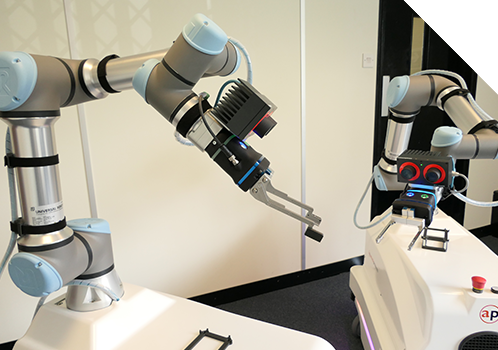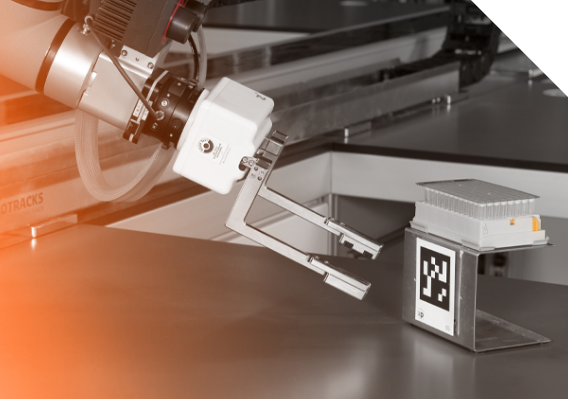Flexible Workcells: Explained

Share this article
What are flexible workcells?
Flexible workcells are manufacturing systems using robotics to efficiently create products.These are by their name and nature flexible, and designed to be adapted and reconfigured for different types of production lines or volumes.
How do they benefit laboratories?
Some of the key benefits include:
1.Modularity
They are composed of modular components such as robotic arms.
2.Adaptability
These modular components can be easily adapted, rearranged or replaced, for different production processes.
3.Robotic integration
Robotic integration into the workcell means that robots can either work collaboratively with humans or autonomously to complete lab tasks.
4. Efficiency
The use of these robotics makes your lab more efficient by increasing accuracy, reducing cycle times, and minimising waste.
5. Flexibility
Flexible workcells can work on a wide range of products. Whether this is low volume, high mix production, or high-volume, low-mix production, a flexible workcell can handle it.
Examples of flexible workcell configurations
In laboratories, they can be configured in multiple different ways. How this is done will depend entirely on the specific needs of the research. For example:
Sample preparation
For sample preparation, storage, and aliquoting, the components could be:
- A robotic arm
- Automated pipetting system
- Sample storage system
- Laboratory equipment (e.g., centrifuges, incubators).
Plate handling
Plate handling tasks including washing, dispensing and reading could use the following components:
- Robotic arm
- Plate washer
- Plate dispenser
- Plate reader
Cell culture
For cell cultures, imaging and analysis, a example configuration would be:
- Robotic arm
- Incubator
- Microscope
- Automated cell counting system
High-throughput screening
For high-throughput screening of compounds or libraries:
- Robotic arm
- Liquid handler
- Plate reader
- Data analysis software
If you’d like to learn more about the robotic lab assistant or how flexible workcells could integrate into your lab to improve efficiency, contact our expert team today.


